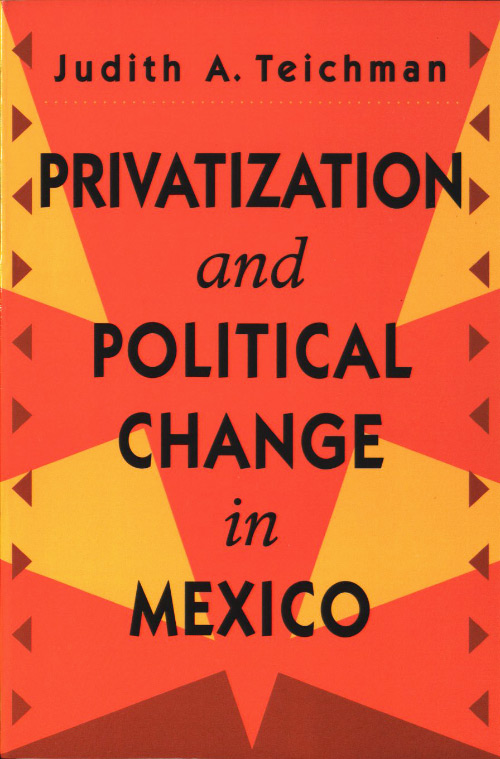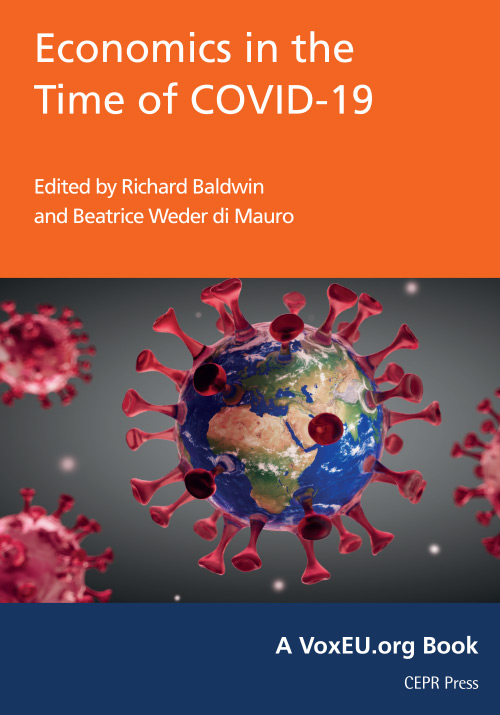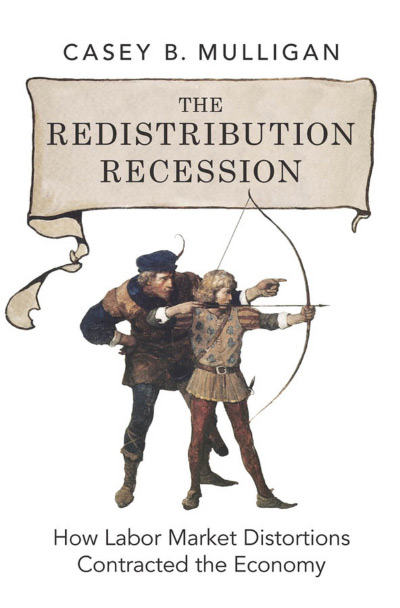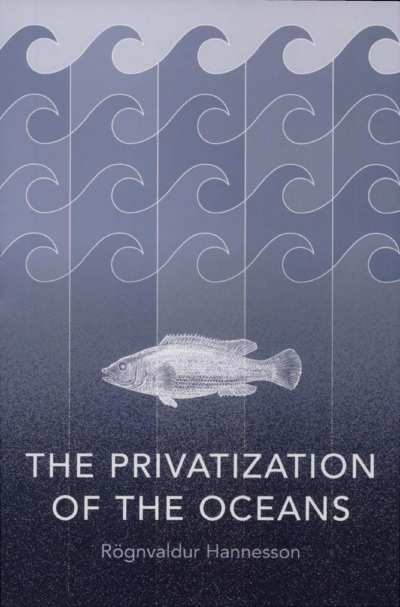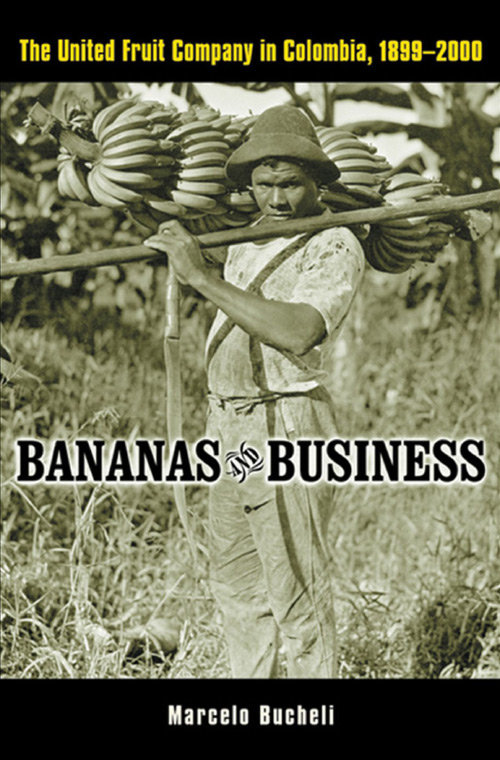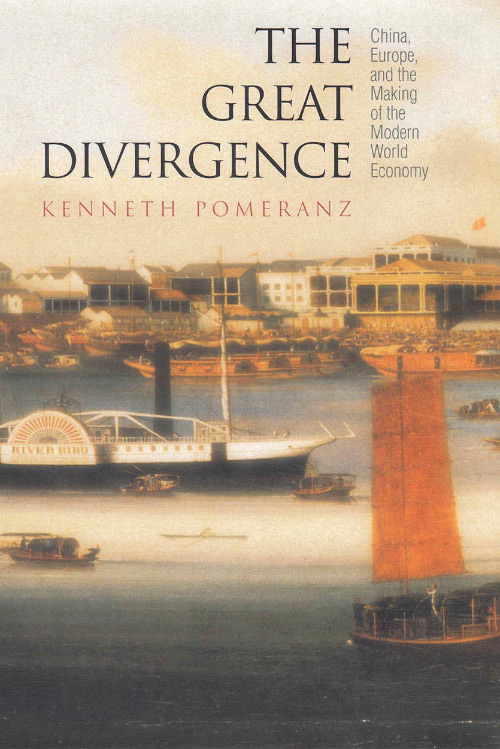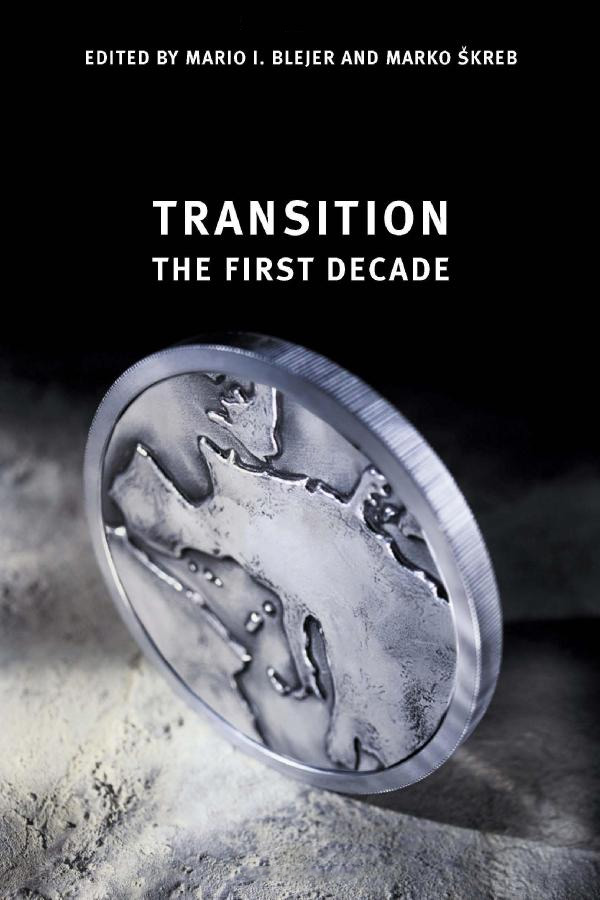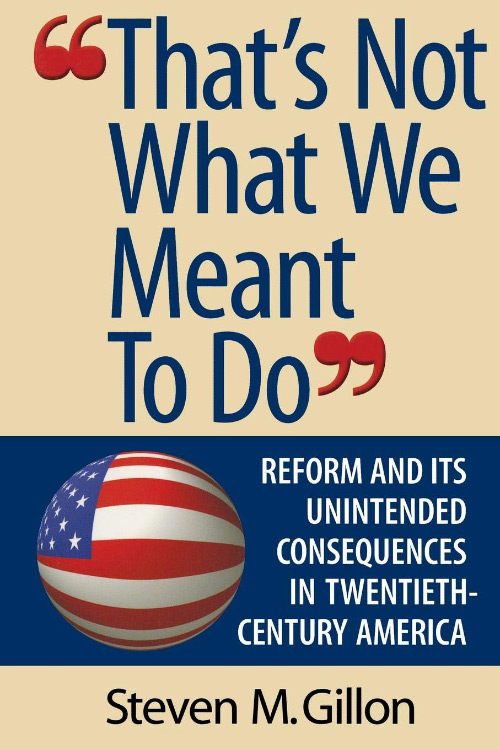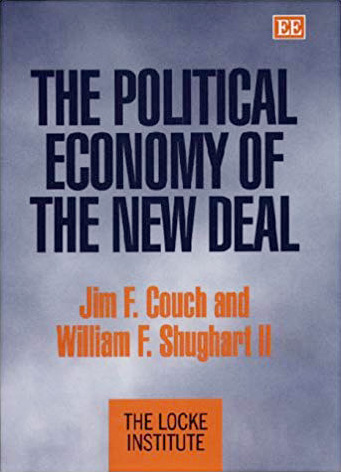As an author keenly aware of the time, effort, and personal sacrifice that go into the writing of a scholarly book, I am predisposed to review favorably the work of a fellow researcher of Latin America, particularly one who combines Spanish language expertise with an admirable ability to elicit honest responses from Mexican officials. Nonetheless, I find much to criticize in Judith Teichman’s Privatization and Political Change in Mexico, beginning with its main thesis that privatization in Mexico has increased the authoritarian nature of the government and is not fostering political democratization.
First the positive. The author accurately portrays how pre-reform Mexico functioned. Teichman is at her best when discussing strictly “political science” topics (her economics is more like diluted Marxism). She depicts the origins of Mexico’s statist development model in the Constitution of 1917, which established the state’s ownership of all lakes, principal rivers, and subsurface minerals and water, as well as the state’s right to dispose of private property in the public interest–that is, essentially as government officials see fit. As in many other countries, the Great Depression was a catalyst for increased government intervention in the economy. Beginning in the 1930s Mexico accelerated its nationalization of foreign companies in the petroleum, railroad, and mining sectors and instituted more protectionist measures.
By 1982 there were 1,155 state enterprises, including huge conglomerates such as Petróleos Mexicanos (Pemex) in the oil sector, the Federal Commission of Electricity (CFE) in electrical energy production, Ferronales in the railroad industry, and Sicartsa in the steel industry. The government owned and operated many mining firms, two airlines, eighteen banks, hotels, even jewelry stores and a bicycle factory. The state development bank, Nafinsa, provided the wherewithal to build the state-run system as it bought out private firms, took over bankrupt private firms, and bought shares in nationalized enterprises.
Teichman observes that state companies were created to serve social and political as well as economic objectives. The Mexican government rescued uneconomic mines, for example, to preserve jobs, and it expanded employment in the public sector to provide patronage to political supporters.
Teichman describes how the state firms became monuments to inefficiency and “power centers that eluded control.” Authority was divided chaotically. The companies worked in highly specialized fields and had superior technical knowledge, making monitoring of their activities difficult and allowing managers to rationalize bureaucratic goals of self-aggrandizement and expansion with technocratic arguments. Unlike the head of a private firm, an ambitious director general of a public firm had to “demonstrate success at attracting and maintaining a support base, and to do so requires constant enterprise expansion in order to produce jobs and benefits for bureaucrats, union leaders, and workers and contracts for the private sector.” In other words, he had to create a bureaucratic fiefdom. Teichman notes that when the funds ran short, he would run to the Mexican president for additional funding.
Incentives in this system were skewed. With all the managers competing to expand their enterprises to please their supporters instead of competing in a free market to serve consumers, most of the state companies ran large deficits. The basic problem was lack of private property rights: because resources belonged to all Mexicans, they effectively belonged to no one. The government further distorted market conditions by embedding the unions in the system.
Pemex, the largest and most important public enterprise, was the prototype. The ruling Institutional Revolutionary Party (PRI) gave the Petroleum Workers Union seats on the company’s board of directors, a 2 percent commission on all contracts, and the right to assign half of all contracts to third parties. The funds were supposed to provide social benefits for workers. In reality, union leaders enriched themselves in exchange for their acquiescing to the political leadership, providing tax revenues to the state, and quelling dissidence among the workers.
The PRI co-opted the unions and coerced them into accepting government control by methods known as “charrismo.” As Teichman explains, the government would send the army or police to oust independent union leaders who refused to lower salary demands, replacing them with men who would take direction from the government. Union leaders would then receive material rewards from the government and, in turn, selectively reward the rank and file to keep them in line. The union leadership was given extensive control over workers. Because all state companies were closed shops, the leadership had only to expel troublemakers from the union to get rid of them. At Pemex the vulnerability of the workers also increased the union leadership’s control. Half the workers were temporaries, and the criteria for gaining or keeping permanent status were political. Workers had to demonstrate “union militancy”–participation in the union and its organized political activities in support of the ruling party. Teichman also notes that workers had to curry favor with union leaders by such means as working without pay on union farms and, if they were women, providing sexual favors.
While average workers had to abase themselves to get and keep a middle-class job, union leaders such as Joaquín Hernández Galicia, nicknamed “La Quine,” of Pemex and Fidel Velásquez of the Mexican Workers Confederation (CTM) amassed personal fortunes of tens of millions of dollars. Openly or under the guise of union ownership, they possessed corporate empires. Hernández, for example, acquired a fortune in petroleum-related companies, supermarkets, stores, ranches, farms, factories, and construction and trucking companies. According to Teichman, he had three thousand thugs at his command to enforce his rule.
Then came the 1982 crisis. With the cutoff of foreign loans and the fall in petroleum prices, Mexico could no longer afford a subsidy-based system. Teichman describes the reforms initiated by President Miguél de la Madrid and accelerated by President Carlos Salinas to create a free-enterprise system. Most state companies were privatized, and sectors formerly reserved for monopolies were opened to competition. The few state companies that remain, such as Pemex, have been reorganized to make them more accountable and remove discretionary power from officials.
Instead of celebrating the changes that have freed the economy from PRI domination and given workers more control over their own destinies, Teichman laments that the leading economic groups, in combination with foreign firms, were the main buyers of state enterprises and therefore have consolidated much economic power in their hands. But the outcome could not have been otherwise. Teichman herself recalls the political climate when the leadership was privatizing state holdings. The left was shrill in attacking the government for selling the enterprises at fire-sale prices, depriving Mexicans of their national patrimony. At the same time, officials were pressed to reduce the budget deficit and obtain revenue to service the foreign debt. Officials organized the sales to obtain the highest prices for the firms, and, as Teichman recognizes, only the leading Mexican firms and foreigners could afford those prices.
Teichman deplores that the government handled the privatization and readjustment process in an authoritarian manner. She criticizes reformers for leaving top labor leadership and bureaucrats out of the decision making. But participation was limited because labor leaders and bureaucrats strongly resisted government policies such as budget cuts and privatizations that threatened their parasitic relationships with the state. In 1985 the CTM, in the hands of Velásquez, rejected “policies that attempt to impose sacrifices only on the workers and their families and result in the marginalization below the minimum of human dignity.” If Velásquez and the others really had been so concerned about the workers, they could have distributed shares in the private companies they had acquired with money intended for the workers.
Much remains to be done. Several large state enterprises, such as Pemex and the CFE, still exist and should be privatized in a way that gives some of the shares to the population, so that all Mexicans would finally gain some personal benefit from these firms. But even now, with large private conglomerates controlling vast resources, the economy differs greatly from the old state-enterprise regime, and Teichman fails to appreciate the difference. Private entrepreneurs are investing their own capital, and those who best serve consumers are earning profits. State firms, in contrast, invested taxpayer funds, and their chronic deficits further impoverished taxpayers.
In the 1990s, Mexicans have become risk takers. Between 1985 and 1992, the number of businesses grew by 100 percent, reaching 1.4 million. Teichman is wrong to conclude that economic reforms have not contributed to democratization. The people’s increased economic power vis-à-vis the state has fostered effective demands for a more open political system.
PRI hegemony is waning. Historically, the PRI used fraud to win many elections. In 1989, however, the PRI began to cede governorships of major states to competing parties. In 1997 the PRI opened the important mayoralty of Mexico City to election for the first time and lost the office to Cuauhtémoc Cárdenas, the Democratic Revolution Party (PRD) candidate. President Ernesto Zedillo recently said that he would not name his successor, as traditionally done; instead, the PRI candidate will be determined by election in the ruling party. For the first time in more than sixty years, independent analysts and PRI adherents contend that the PRI candidate may lose the presidency and that the winning candidate of a competing party may be allowed to take office. Such an event would end PRI hegemony.
Teichman’s book has flaws other than its main thesis. It is repetitive, and information is presented in a disorganized manner. The author seems to believe that government subsidies have benefits but no costs to the population. In sum, I cannot recommend this book.


